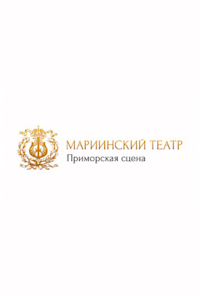Four men and one woman – the gender profile of Pagliacci stands apart for its blatant imbalance. Moreover, all four of the men have a claim, one way or another, on the only female protagonist: one merely shamming, the other three in all seriousness. a jealous husband, a passionate lover, a spurned admir-er – with Leoncavallo these are not standard operatic characters, but rather human souls turned inside out. On the surface it would appear that not one of these loves is pure, while underneath there is a network of passionate emotions, where alongside love there is pride, envy, lust and – first and foremost – the fear of loneliness. Verist composers considered that researching people’s genuine emotions (in-cluding those that are the most unsightly) with scrupulous accuracy was their duty, and alongside Mascagni’s Cavalleria rusticana, their artistic manifesto was to be em-bodied in the thirty-three year-old Leoncavallo’s opera.
Initially it’s name was slightly different – Il pagliaccio, in accordance with the tradition of indicating the titular character on the playbill. In actual fact, Leoncavallo’s opus is an opera “for a tenor”, with the tragic figure of Canio, the suffering clown, at its centre. the role of Canio with the famous aria “Vesti la giubba” lies among the gold reserves of the tenor repertoire. On the eve of the world premiere in Milan in 1892, however, the performer of the role of Tonio refused to come on-stage unless the title were to include his character too. And so in-stead of Il pagliaccio the opera came to be known as Pagliacci. the change from singular to plural gave the opera’s title ad-ditional nuanced meanings. How typical is “clowning around” of any person? Where is a man’s true face, and where is his social mask? the opera’s second act is structured around the principle of a Russian nesting doll, it is a play within a play: Canio’s travelling company acts out a piece of commedia dell’arte for some local res-idents. Gradually, real life takes over the stage, and the acting becomes ever more convincing, because it indeed ceases to be acting. Finally the stage is covered with blood – real and not theatrical blood.
Leoncavallo stated that he had borrowed the opera’s plot from a legal case that had actually taken place. One way or another, he has made the audience – those of us sitting in the large auditorium – into a kind of jury. In this incredibly compact story there is no moralising “from the author”, and the audience must pro-nounce its own verdict on the criminal. the staggeringly expressive music of Pagliacci could hardly make it accusatory.
Khristina Batyushina








